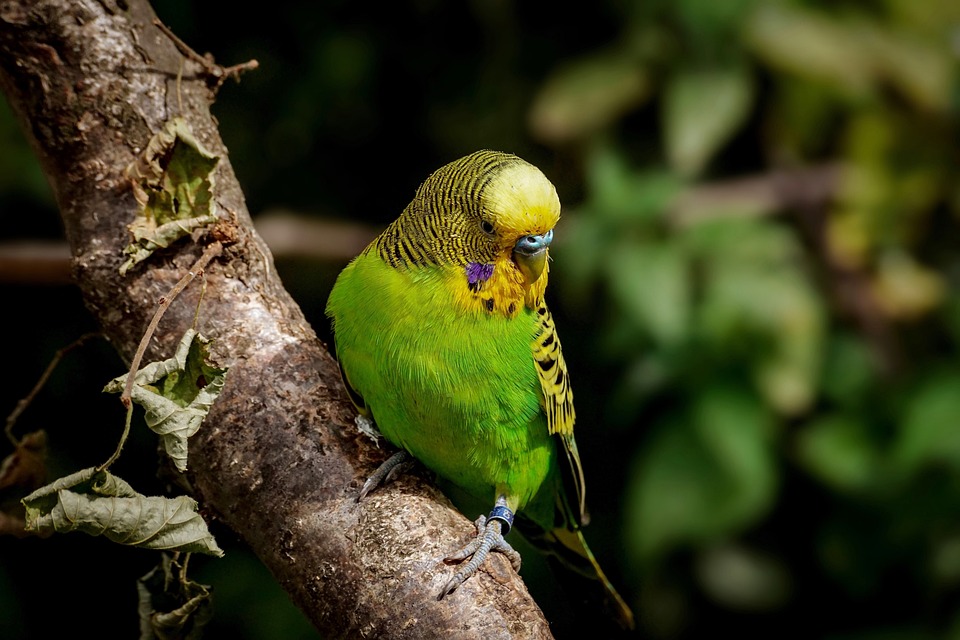Training parrots can be a challenging task, especially when they display reluctance or hesitation. However, by using positive reinforcement techniques, you can effectively address their reluctance and train them to perform various tricks. Positive reinforcement is a powerful training method that focuses on rewarding desired behaviors to encourage their repetition. Instead of punishing unwanted behaviors, positive reinforcement emphasizes rewarding the correct behavior to motivate the parrot to willingly perform the desired action.
Before addressing reluctance in parrot training, it’s essential to understand the signs of reluctance. Reluctant behavior in parrots may include avoidance, ignoring cues, refusal to perform tricks, or displaying fear or aggression. Once you have identified these signs, you can employ various techniques to address their reluctance.
The first technique is to be patient and understanding during the training process. Parrots may require more time to feel comfortable with new tricks, especially if they have had negative experiences in the past. Avoid rushing or pressuring your parrot, as this may increase their reluctance.
If your parrot seems reluctant to perform a specific trick, break it down into smaller, manageable steps. Start with simpler actions they are comfortable with, and gradually progress towards the complete trick. This approach helps them build confidence and overcome their reluctance gradually.
Using high-value rewards is another effective technique. Identify treats or rewards that your parrot finds highly motivating. This could include their favorite food, a special toy, or verbal praise. By using high-value rewards, you create a positive association with the desired behavior, making the parrot more likely to overcome their reluctance.
Shaping the behavior is also a useful technique. Instead of expecting the complete trick immediately, reward any small steps or approximations towards the desired behavior. This gradual process helps your parrot understand what is expected and builds their confidence.
Timing is crucial when using positive reinforcement. Ensure that you reward your parrot immediately after they perform the desired behavior. Prompt and consistent rewards help strengthen the association between the action and the positive outcome. Delayed rewards may confuse your parrot and increase their reluctance.
Creating a positive and engaging training environment is important. Remove any potential distractions and ensure a calm atmosphere. By minimizing stress or fear, you make it easier for your parrot to focus on the training and reduce their reluctance.
Consistency is vital in parrot training. Establish a regular training schedule and be consistent with your cues, rewards, and expectations. This consistency helps your parrot understand the training process, making them more willing to participate and reduce their reluctance over time.
In conclusion, when faced with reluctance in parrot training, positive reinforcement is a powerful tool to overcome challenges and encourage desired behaviors. By being patient, breaking down tricks, using high-value rewards, shaping behavior, maintaining consistency, and providing a positive environment, you can address your parrot’s reluctance and create a rewarding training experience for both you and your feathered friend. Remember, understanding your parrot’s unique needs and building a strong bond is the key to successful training.









